A Guide to the Temples of Angkor Wat in Cambodia
If you haven't visited the world-renowned Angkor Wat in Cambodia, your travel wish list is incomplete. It's a profound and heavy experience.
Exploring Angkor Wat feels a bit like stepping into "The Jungle Book." These enormous Hindu temple ruins, nearly 1,000 years old, speak to their history.
As you look around, these once-magnificent structures have been eroded by time and nature – cracked walls, collapsed ceilings, massive tree roots, and jungle foliage slowly consuming the temples.
This Angkor Wat temple tourism guide will explain how to get there, where to stay, and how to visit the best temples on the Angkor Wat circuit, along with providing an Angkor Wat map and all the information you need to know before you depart!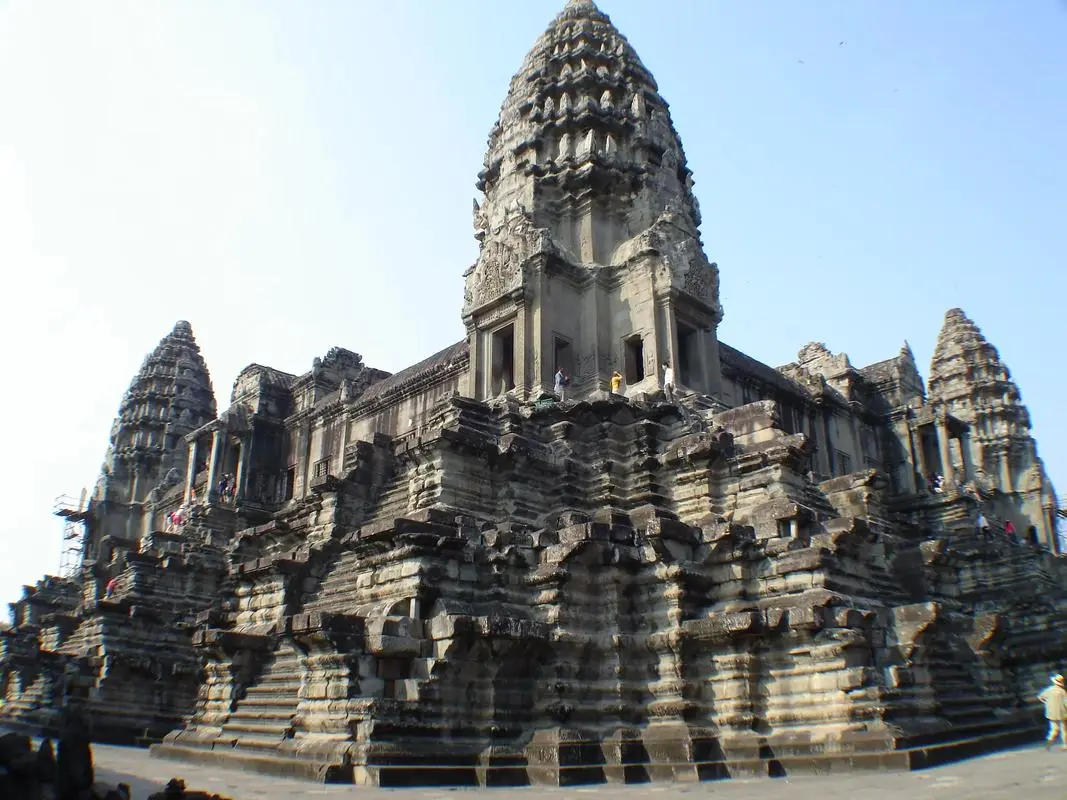
What is Angkor Wat? What is its history?
Angkor Wat is a complex of temples built by the Khmer Empire in the 12th century.
The name Angkor Wat means "City of Temples," a fitting name as it is one of the largest religious monuments in the world, spanning over 160 hectares (400 acres).
The construction of this temple (located in present-day Cambodia) took over 30 years and involved 300,000 workers and over 6,000 elephants!
Originally an Hindu temple, Angkor Wat was later converted to a Buddhist temple in the late 12th century.
It was once neglected but was rediscovered in the 19th century by a French explorer who described it as:
"These temples, one of which might be compared to the temple of Solomon, built by Michelangelo, and光荣无比 compared to our most beautiful buildings."
"It is more magnificent than any building Greece or Rome has left us, and stands in striking contrast to the barbarism in which the country is now plunged."
Over the centuries, the Angkor Wat temples have been damaged by earthquakes, vegetation growth, looting, and war. During the Khmer Rouge rule in the 1970s, gun battles even took place at Angkor Wat. Now, only ruins remain.
Today, Angkor Wat is a UNESCO World Heritage Site, attracting millions of tourists each year.
It looks truly spectacular, doesn't it? King Louis would feel right at home.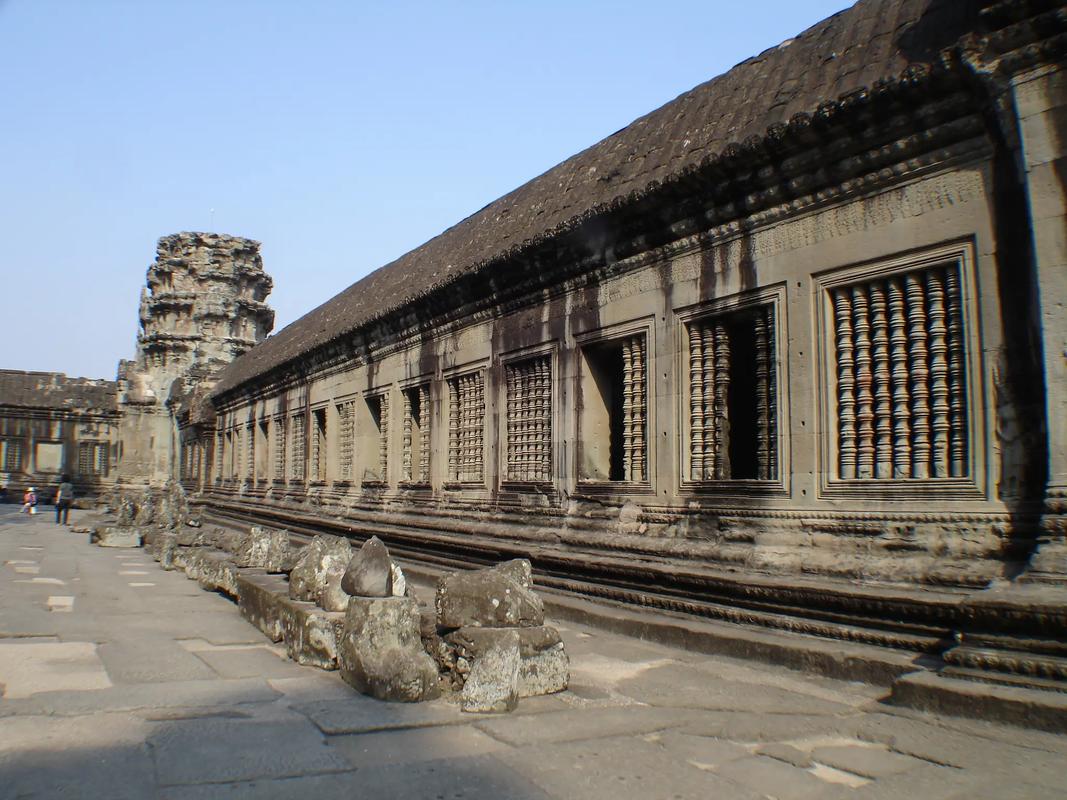
Temples of Angkor Wat in Cambodia
Where is Angkor Wat?
Angkor Wat is located on the outskirts of Siem Reap, in the northwest of Cambodia.
The nearest airport is Siem Reap-Angkor International Airport (SAI), served by many budget airlines. Flights from Singapore (SIN), Bangkok (DMK), or Kuala Lumpur (KUL) to Siem Reap are available for as low as $40. You can purchase flights to Siem Reap on Skyscanner.
You can also travel to Angkor Wat in Cambodia by land from Thailand.
Angkor Wat Map in Cambodia
Here's a rough map of Angkor Wat, showing the temples around the Siem Reap area in Cambodia.
Angkor Wat is approximately 6.3 kilometers (4 miles) or just a 15-minute drive from Siem Reap town, which you can see at the bottom of this map.
Many dining options are scattered around the Angkor Park area, so you don't need to worry about staying hydrated.
The part that actually dehydrated me the most was rushing to the sunrise location in the morning, so it's best to bring at least one bottle of water with you.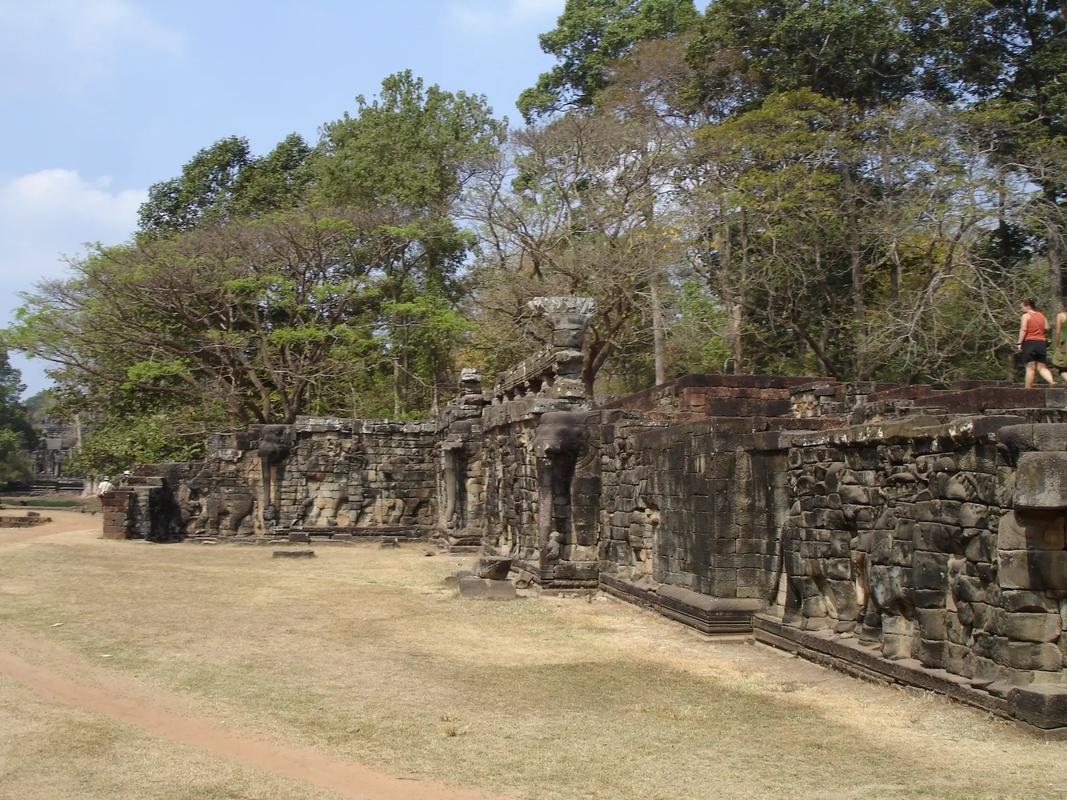
Angkor Wat Map in Siem Reap, Cambodia
This is a basic map of Angkor Wat, showing the temples in the Siem Reap area.
Visiting the Temples of Angkor Wat
Most visits to the temples of Angkor Wat begin at the ticket office, where all foreign tourists must purchase their tickets.
The next stop is usually to watch the sunrise at the main temple, unless you choose not to.
After sunrise, the Angkor tour splits into two main routes – the Small Circuit or the Big Circuit. Both routes are worth visiting, but each requires almost a full day. More details will be provided later.
You can tour Angkor Wat by car or tuk-tuk. An air-conditioned car is more comfortable and safer to travel in, but a tuk-tuk is cheaper and more fun.
Regardless, you'll still spend a lot of time walking in the Cambodian heat, which can be brutal – so bring some $1 bills to use at the drink stalls scattered throughout the park!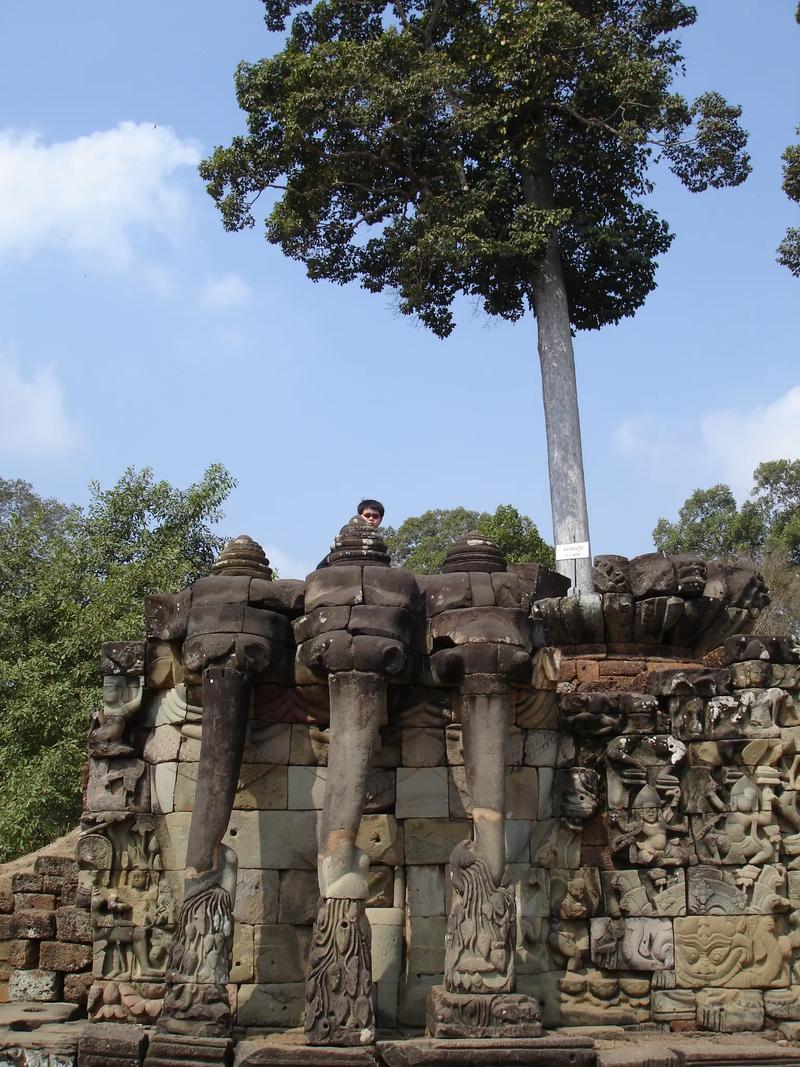
Opening Hours
Angkor Ticket Office: 5:00 AM to 5:30 PM
Angkor Wat: 5:00 AM to 5:30 PM
Phnom Bakheng and Pre Rup: 5:00 AM to 7:00 PM
All other temples: 7:30 AM to 5:30 PM
Tickets and Entry Fees
As of 2024, the Angkor Wat ticket fees at the main ticket office are as follows.
1 day: 62
7 days: $72
Children: Free (under 12 years old)
Cambodians: Free
Yes, these fees are quite high by Cambodian standards, but they are still worth it!
You can pay with cash (USD, Cambodian Riel, Thai Baht, EUR) or credit cards (Visa, Mastercard, UnionPay, JCB, Discover, and Diners Club).
Ticket Validity
Please note that the 1-day Cambodian temple ticket is only valid for the day of purchase. You cannot buy it and use it a few days later.
However, the 3-day ticket is valid for 10 days from the date of purchase. You can choose any days within those 10 days to visit the temples, meaning you can take rest days between visits if needed.
The 7-day ticket is valid for one month from the date of purchase. You can choose any 7 days within that month to visit the temples.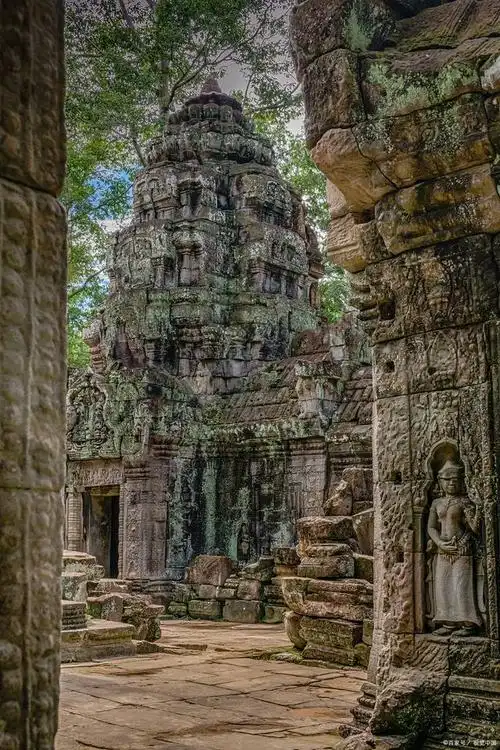
Dress Code
Angkor Wat is a temple and religious monument in Cambodia, so there are modest dress requirements for both men and women.
Your attire should cover your knees and shoulders; otherwise, you may be denied entry. They take this seriously. Shorts are okay if they are below the knee.
Sunrise at Angkor Wat
Most Angkor Wat tours begin with sunrise at the temple. I highly recommend doing this, and I've written a mini-guide here explaining the best spots for photos and how to get to them.
You must push through the crowds of tourists to secure a front-row seat, but it's a sunrise you won't want to miss!
It's one of the most popular and beautiful sunrise spots in the world. The sun rises right behind the main temple of Cambodia, creating a breathtaking view.
Small Circuit vs. Big Circuit
All tours of Angkor Wat are divided into two routes or circuits, known as the Small Circuit or the Big Circuit.
Despite the names suggesting that these routes take roughly the same amount of time and visit approximately the same number of temples, you can spend a full day exploring either circuit. In fact, it's impossible to visit both circuits on the same day.
Which circuit is better? It's a tough question to answer. It's really just a matter of personal preference and what you want to see.
For example, the "Tomb Raider temple" (Ta Prohm) is on the Small Circuit. The Big Circuit also has some fantastic sites. If I had to choose, despite the name, I might give a slight edge to the Small Circuit.
In the lists below, you can see some highlights of both Angkor Wat circuits and decide which one looks the most interesting to you. If you have enough time, visit both!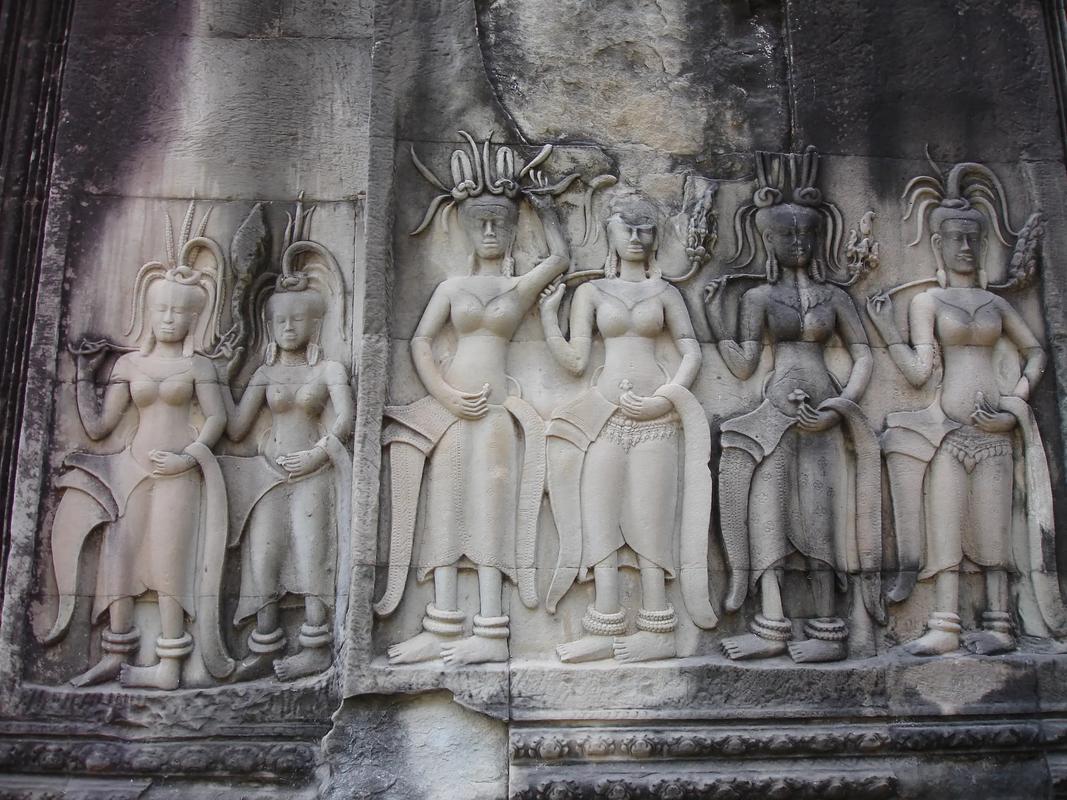
Small Circuit – Highlights
• Angkor Wat
Both the Small and Big Circuits start at the main temple of Angkor Wat. The sunrise here is breathtaking, and the temple itself is vast. It's worth spending at least an hour exploring here.
• Bayon Temple
This is one of my favorite Angkor temples. It's a small pyramid near Angkor Thom, lesser-known to tourists. You may have to ask your driver to stop here, as it's not included in the regular itinerary for most tours. This Cambodian temple is a hidden gem!
• Angkor Thom Gate
This is a gate on the southern side of Angkor Thom. Although it's in poor condition, you can still drive or walk through it, making it a great spot for some cool photos.
• Prasat Bayon
Prasat Bayon is one of the most important temples in Angkor Thom, featuring the best murals in the area. You can also see the famous stone faces here that you might have seen in many photos.
• Ta Som
This is one of the lesser-known temples within Angkor Thom, and most tour groups don't seem to visit. The carvings and doorways here are worth seeing.
• Ta Prohm
Ta Prohm is the famous "Tomb Raider" temple
Comment